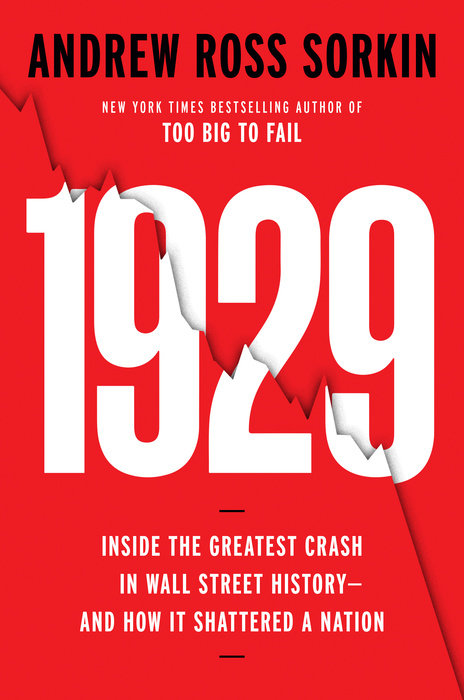Nearly a century has passed since the crash of 1929, yet it remains the most significant—and largely misunderstood—financial disaster in modern history. Today’s public may have a vague conception of what took place then, but few have any sense of the individuals who played a role in this drama, what they did to precipitate the crisis, why they failed to see it coming, and what steps they took to try to end it. Nor, more important, do they perceive the remarkable parallels between that era and today’s political and economic climate.
The 1920s, more than any other period in our country’s history, saw the birth of the modern consumer economy that we take for granted today. As millions of Americans left farms and small towns and followed higher-paying jobs to metropolitan areas, they created markets for astonishing new conveniences and goods. They bought cars, radios, and dishwashers—products that nobody had known they needed but that made life much easier and more enjoyable.
But the greatest product, the one that made all the others possible, was credit. Buy now, pay later. It was a kind of magic.
In 1919, General Motors struck a blow against the American taboo of taking personal loans by starting to sell its vehicles on credit. Soon after, Sears, Roebuck & Co. offered “installment plans” for expensive appliances, and later for more everyday items. Taking notice of this cultural shift, banks mechanized the process for smaller merchants. Wall Street, led by Mitchell, went one step further and started offering stock on credit—“on margin,” it was called. By the thousands, middle‑class Americans opened margin accounts, putting up 10 or 20 percent of a stock purchase and borrowing the rest. When the market went up, the returns felt like free money.
Americans no longer had to save for the goods they wanted. Borrowing became a habit, an expression of optimism. So long as faith in tomorrow was maintained, debts could be rolled over endlessly into the future.
Some individuals became spectacularly rich. The wealthiest amassed fortunes in excess of $100 million, which, in today’s dollars, would be nearly $2 billion. Some of the most senior executives of America’s biggest companies had salaries and bonuses of $2 million to $3 million annually, the equivalent of $37 million to $56 million today.
